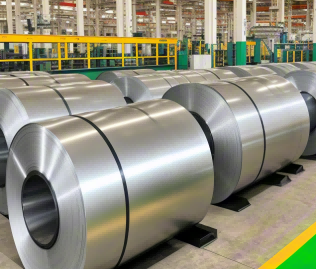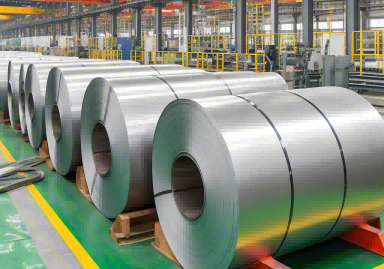As an important type of electrical steel, silicon steel plays a critical role in the power industry. In recent years, China's silicon steel industry has made remarkable progress and emerged as a leader in the global market. This article introduces three technological breakthroughs in the rise of China's silicon steel industry, showcasing the outstanding contributions of Chinese electrical steel manufacturers and producers in technological innovation.
First Technological Breakthrough: Development and Production of High Magnetic Induction Silicon Steel
Chinese electrical steel manufacturers actively engage in the research, development, and production of high magnetic induction silicon steel to meet the growing demand. High magnetic induction silicon steel exhibits higher magnetic induction strength and lower iron losses, effectively reducing energy loss in power equipment. By adopting advanced production techniques and precise alloy design, Chinese electrical steel manufacturers have achieved breakthrough results, elevating the magnetic properties of silicon steel to new heights.
Second Technological Breakthrough: Promotion and Application of Amorphous Silicon Steel
Amorphous silicon steel, as a novel silicon steel material, features extremely low hysteresis losses and iron losses, offering higher operational efficiency and reduced energy consumption. Chinese electrical steel producers promote the application of amorphous silicon steel by introducing advanced production lines and manufacturing processes, effectively improving the quality and performance of silicon steel. Amorphous silicon steel has been widely employed in power equipment such as transformers, making significant contributions to the efficient operation of China's power industry.
Third Technological Breakthrough: Innovative Manufacturing Processes for Thin-Gauge Silicon Steel
Thin-gauge silicon steel holds immense potential for applications in the power industry, but its manufacturing process is relatively complex and imposes high requirements on production technology and equipment. Chinese silicon steel manufacturers have successfully developed efficient manufacturing technologies for thin-gauge silicon steel through continuous innovation and process improvement. These technological innovations not only enhance the production efficiency and quality of thin-gauge silicon steel but also reduce production costs, providing users with more competitive product options.
With the continuous development and innovation in China's silicon steel industry, Chinese electrical steel manufacturers and producers have achieved tremendous technological breakthroughs. The promotion and application of high magnetic induction silicon steel, amorphous silicon steel, and thin-gauge silicon steel have provided robust support for the development of the power industry and energy efficiency improvement. The Chinese silicon steel industry will continue to strive for technological innovation and development, making even greater contributions to the prosperity of the global electrical steel market.






